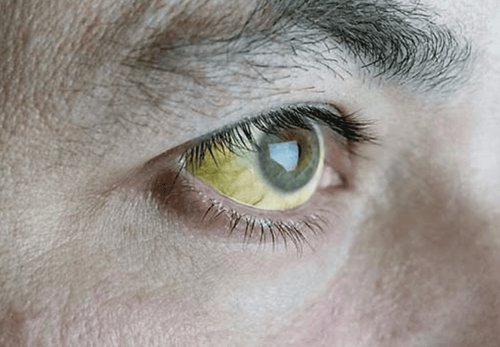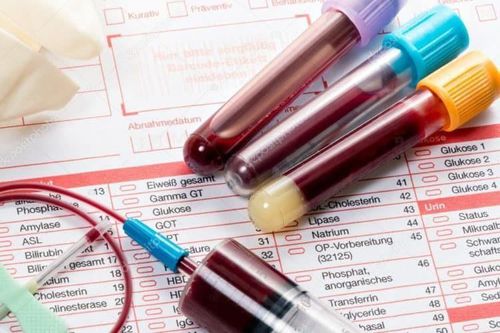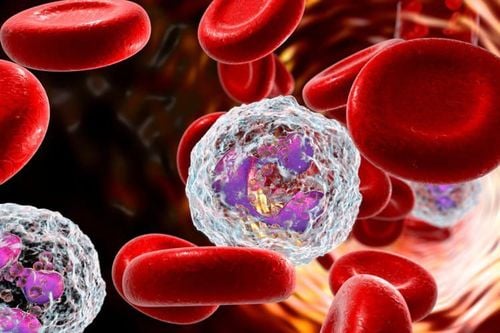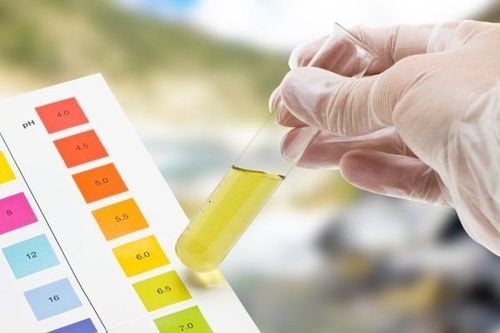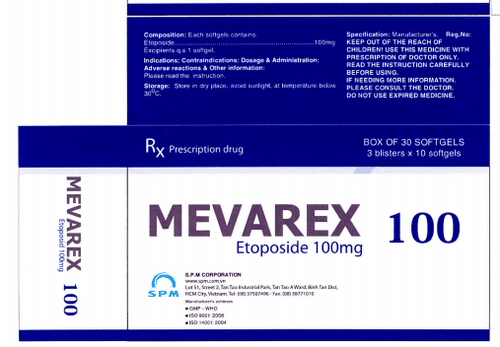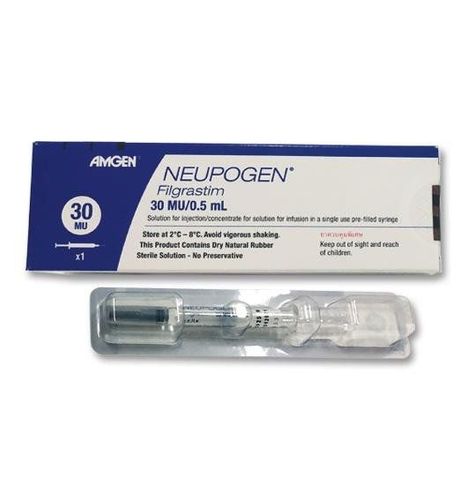This is an automatically translated article.
Blood is composed of blood cells and plasma, plasma is the liquid part of blood. This is the fluid that carries blood cells, tiny floating particles suspended in plasma.1. Blood and the role of blood
Blood is a cellular organelle in the body that exists as a liquid tissue, circulating throughout the body through arteries and veins.
Blood is the organizational component of the body, blood circulates in the arteries, veins and capillaries and performs many important physiological functions. The role of the plasma is to carry nutrients to the tissues and carry waste products from the tissues to the organs for excretion. In addition, the roles of blood cells include secretion, protection, regulation and nutrition.
2. The role of red blood cells
Red blood cells make up the most number, contain hemoglobin (the substance that gives blood its red color). The job of red blood cells is to transport oxygen (O2) from the lungs to the tissues, everywhere in the body. Along the way, red blood cells absorb waste and bring it back to the lungs, receiving carbon dioxide (CO2) from the tissues back to the lungs for elimination. The average life cycle of red blood cells is 120 days, old red blood cells will be destroyed in the spleen and liver. The bone marrow will be responsible for making new red blood cells to replace and maintain the lost red blood cells in the body. Without red blood cells, people feel tired and weak. Some people are easily tired and pale, because the body does not have enough oxygen needed. A lack of red blood cells is called anemia.
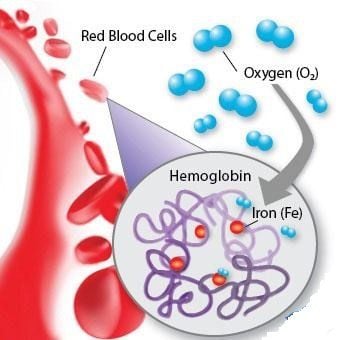
Hồng cầu giúp vận chuyển oxy đi khắp cơ thể
3. The role of platelets
Platelets are very small cell fragments that aid in the hemostasis function by forming blood clots that seal wounds in the blood vessel walls. If a blood vessel is damaged (for example cut or bruised), the platelets will gather at this point and stick to each other, forming an 'opening plug'. Lack of platelets, can cause people to often have nosebleeds, when cut, the bleeding will stop, abnormal bruising, or bowel movements, blood in the urine, bleeding skin. In severe cases, when the platelet count is too low, internal organs and the brain can bleed. Your medical team will let you know when your platelet count drops. In addition, platelets also play a role in making blood vessel walls soft and supple thanks to their platelet function to "rejuvenate" endothelial cells.The life cycle of platelets is about 7-10 days. white blood cells, bone marrow is where platelets are produced.
4. The role of white blood cells
White blood cells have the function of protecting the body by detecting and destroying disease-causing "factors." T-lymphocytes are responsible for controlling the immune system and can kill viruses. and cancer cells Neutrophils fight inflammation, kill bacteria and treat damaged tissue. type that "remembers" so that the next time this foreign "factor" enters, it will be detected and the body will quickly produce a large number of white blood cells to destroy them. ) secretes antibodies that circulate in the blood to protect the body... White blood cells are also produced in the bone marrow like red blood cells Not only circulate mainly in the blood, there are a large number of white blood cells residing in the blood. body tissues for protection often infected and If the infection is more severe, sometimes life-threatening. There are different types of white blood cells with life cycles ranging from a week to several months.
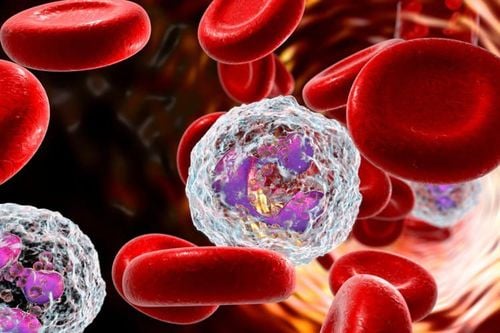
Bạch cầu bảo vệ cơ thể bằng cách phát hiện và tiêu diệt các "nhân tố” gây bệnh
5. The role of plasma
This is the liquid part, yellow in color, the main component is water; In addition, there are other ingredients such as: protein, fat, sugar, vitamins, mineral salts, enzymes...
Plasma changes frequently according to physiological status in the body. If the blood unit has "turbid" plasma, it will not be used because it can cause shock and allergy to the patient
Plasma plays a role in transporting important body materials, such as glucose, iron, oxygen, hormones, proteins... Each liter of plasma contains about 75g of protein.This compound is divided into two main types: albumin and globulin.Albumin provides the mid-osmotic pressure to the liquid portion of the blood inside the blood vessels. , prevents blood from overflowing into tissues and then into cells.Albumin can be thought of as a kind of sponge that absorbs water into the circulation, keeping the necessary amount of water in the blood stream.The globulins act as antibodies against infection. bacteria
Please dial HOTLINE for more information or register for an appointment HERE. Download MyVinmec app to make appointments faster and to manage your bookings easily.




